Tips of household energy-saving lamps
The concept of "green" is not unfamiliar to everyone. The "green lighting project" has been known for a long time, but energy-saving lamps, which are the key promotion projects of the country's "green lighting project" during the Ninth Five-Year Plan, are not as popular as the "green" fluorine-free refrigerators. .
The reasons for this are nothing more than two points: First, the quality of energy-saving lamps is uneven; second, the market promotion of energy-saving lamps is not effective.
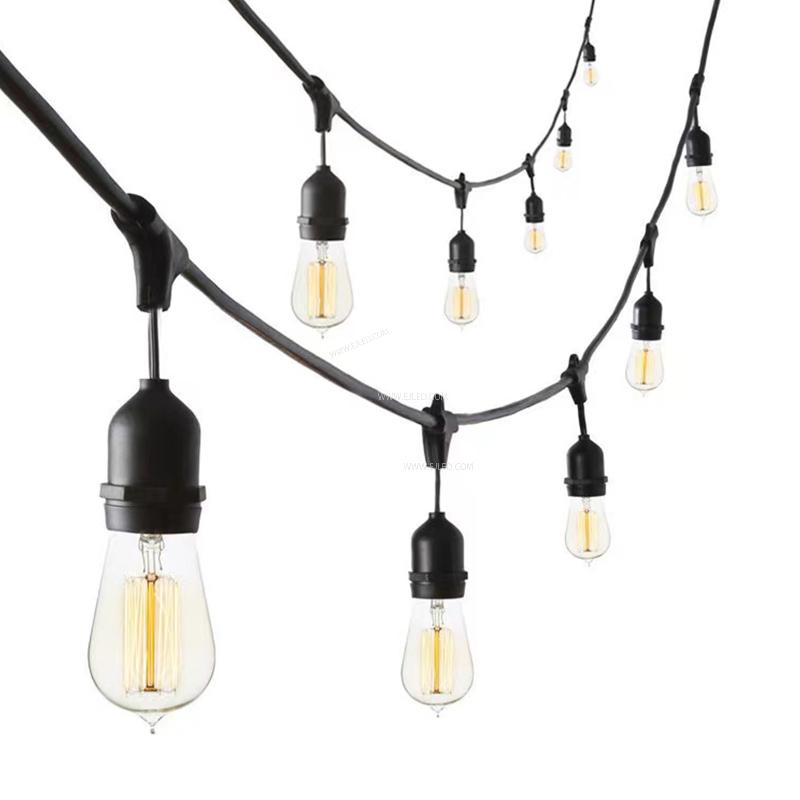
As far as the former reason is concerned, it is possible to improve the quality of users by improving the purchase level of users to help the superior and suppress the inferior, and indirectly realize the improvement of quality; from the latter reason, popularizing the common sense of the purchase and use of energy-saving lamps is even more a good medicine for market promotion. For this reason, this article intends to give a brief introduction to the purchase of energy-saving lamps for readers.
1. Think carefully, the temptation of energy-saving lamps is unstoppable. As the name implies, there is no doubt that energy-saving lamps can save energy. In general, under the premise of obtaining the same degree of illumination, it is a well-known fact that ordinary fluorescent lamps are more energy-saving than incandescent lamps, and energy-saving lamps using electronic ballasts are compared with ordinary fluorescent lamps (it uses electromagnetic ballasts) It can save 40% of electricity.
Observing whether the energy saving of the lamp can not be compared with the lamp's'** power value' in isolation. The correct way is to look at the light energy (Lm/W) of the lamp under the unit electric power, in other words, it is to look at its luminous efficiency. Compare the common 11W energy-saving lamps and 60W incandescent lamps on the market. The luminous flux of the former is about 600Lm and the luminous efficiency is 55Lm/W, and the latter is 630Lm and the luminous efficiency is 11Lm/W. From the luminous flux, the brightness of the two is equivalent, but The difference in light efficiency is 5 times, and the energy saving effect of the former is self-evident. Why is there such a big difference? This can be explained from the following four aspects: 1. Because energy-saving lamps do not rely on objects to be heated to incandescent state to emit light, this greatly reduces the large amount of heat loss when incandescent lamps carry out "electric-to-light" conversion. Energy-saving lamps also have Filament, but it only plays the function of activating electrons and consumes very little power. This kind of lamp is a typical "cold light source".
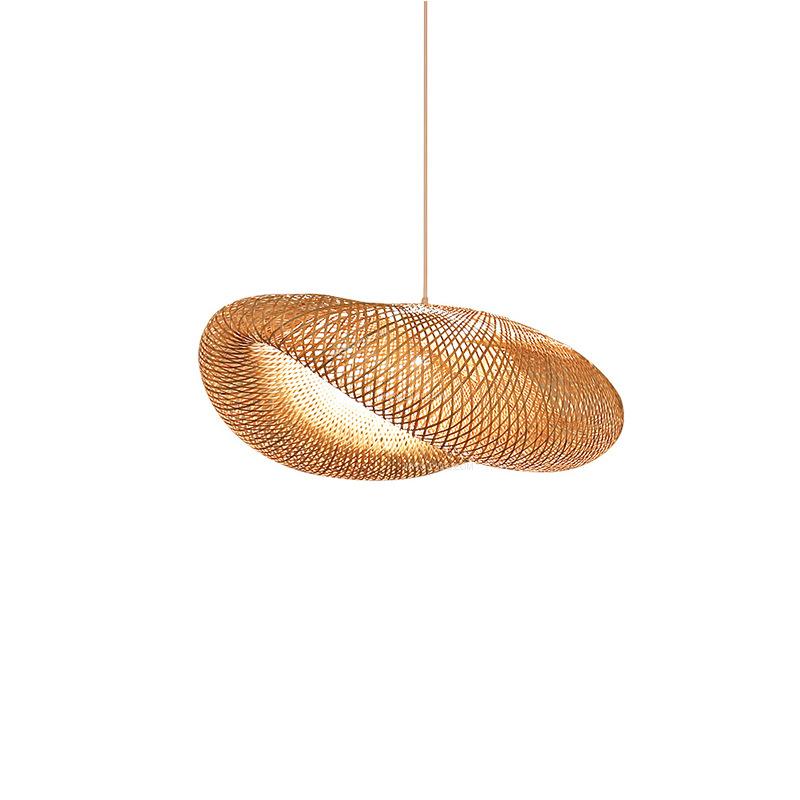
2.
3. The frequency of the output voltage of the electronic ballast used in energy-saving lamps is much higher than that of the electromagnetic ballast used in old fluorescent lamps. Excite the phosphor, which is also an important reason for the high light efficiency of the former.
4. Since the old-fashioned electromagnetic ballast can only provide a lower ignition voltage, it can only be equipped with a thicker lamp tube, but the electronic ballast can easily provide a high ignition voltage with a thin tube diameter. The lamp is very suitable. The biggest difference between the thickness of the tube and the diameter of the tube is that the small diameter tube saves about 10% energy than the large diameter tube. Not only that, it would be a pity if the energy-saving lamp is only based on the advantages of energy saving. More advantages are listed as follows:
1. High power factor and capacitive characteristics, which can neutralize the inductive components of other home appliances and reduce the line loss.
2. Strong voltage adaptability and good starting performance. Regardless of urban and rural areas, everyone may have suffered from low voltage. Energy-saving lamps can be guaranteed to start under 180 volts (most of them can start under 150 volts), and voltage changes will not bring much brightness changes. Incandescent lamps are much stronger.
3. Good color reproduction. Presumably, many people have experienced the feeling of regretting the clothes carefully selected under the fluorescent lamp of the cloth shop under the real daylight. It is difficult to accurately reflect the color of the object under the fluorescent lamp of halogen fluorescent powder and the incandescent lamp. Only the three-primary fluorescence is used. Powder energy-saving lamps can have the best color reproduction effect.
4. Rich types of color temperature. The commonly used color temperature grades range from 2700K-6400K. Such a rich color temperature grade is sufficient to meet the lighting needs of various special situations in the family. For example, in winter in the north, low color temperature lamps below 3000K can be used to obtain the "warmth" effect of incandescent lamps. On the contrary, if you want to obtain a clear and bright lighting effect, it is very suitable to use high color lamps above 5000K.
5. Low calorific value. Air-conditioned households have the deepest experience of this. It is not difficult to imagine how it would feel to light a stove-like incandescent lamp indoors while the air-conditioning is cooling.
6. Good for eye health.
Rich color temperature and excellent color reproduction can bring comfortable visual effects. More importantly, energy-saving lamps work at high frequency of tens of thousands of Hz, which completely eliminates the flicker of 50 Hz working fluorescent lamps and relieves long-term lighting. Eye fatigue from homework.
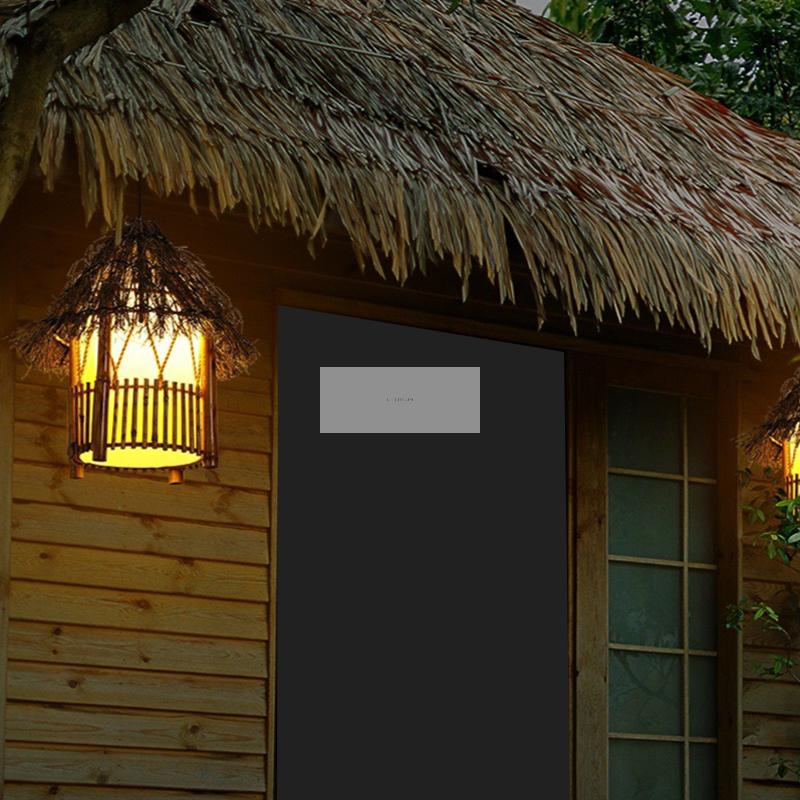
With so many words, it’s not as intuitive as counting a small account. With a family of three lighting around, the average day lighting is 5 hours, and the electricity bill is 0.5 yuan. If a 60W incandescent lamp is used, the annual electricity bill is: [(60×4 )/ 1000] × (5 × 360) × 0.5 = 216 yuan and when using 11 watt energy-saving lamps with the same lighting effect, the annual electricity bill is: [(11 × 4 )/1000] × (5 × 360) × 0.5 = 39.6 yuan How is it, after this calculation, are you moved?
2. Carefully selected, energy-saving lamps have a longer lifespan. There is no choice but to replace the “light bulbs” with energy-saving lamps. The remaining thing is how to make the right choice among the dazzling array of energy-saving lamps in the lighting store. To make a correct choice, it is necessary to understand the basic indicators such as the structure and parameters of energy-saving lamps.
Most of the energy-saving lamps on the market are compact (CFL), small in size, and the socket is completely unified with the incandescent lamp, and can be used directly without changing the original circuit. Generally, energy-saving lamps are mainly classified according to the shape of the tube, and are named pictographically with English letters, such as: H, 2H, U, 2U, 3U, 2D, O, π, spiral, etc. Different shapes can adapt to different assembly requirements, and some also put a transparent or frosted outer cover on the outside of the lamp tube to protect the lamp tube and make the light uniform.
The basic parameters of energy-saving lamps are divided into optical parameters and electrical parameters. Users need to understand the following items briefly: 1. Power P: reflects the energy consumption of the lamp per unit time, the specifications range from 5-36W, home or several For small square area lighting, 9W, 11W, and 13W are more suitable. The lamps of these types of power are more mature in technology and relatively high in performance and price. 32W and 36W straight tube lamps can be used for lighting in halls over 10 square meters.
2. Power factor COS : This parameter seems to be the most concerned by the power supply department, but it is also very important to the user. Theoretical research shows that the lower the power factor, the greater the harmonic component of the lamp, and the lamp is more likely to be premature The ends of the ground are black.
Generally, energy-saving lamps with better quality have a power factor of over 0.95, while lamps with low quality are mostly between 0.5-0.7, which only slightly exceed the power factor of electromagnetic ballasts (about 0.5). They are produced by famous brand manufacturers. The higher-power energy-saving lamps adopt active power factor correction (APFC) technology, which has a higher power factor, which is close to the pure resistive 1. 3. Total current harmonics (THD) and various components: THD generally applies Below 50%, the smaller the value, the smaller the harmonic current, the higher the power factor, and the less high-frequency interference generated during use.
4. Luminous flux (lx) has a luminous flux maintenance rate: the former reflects the luminous ability of the lamp, the larger the value, the better, the latter indicates the rate of aging of the lamp, generally the maintenance rate after 2000 hours should be above 80%.
5. Color rendering index Ra: generally between 63-85, the larger the value, the better the color reduction.
6. Color temperature T: reflects the color characteristics of light, the larger the value, the closer to the daylight color, the smaller the value, the closer to the warm color of the incandescent lamp. There is no good or bad numerical value, it depends on personal preference. Generally speaking, Eastern people prefer warmer ones with lower color temperature, while Westerners tend to lower their color temperature for colder ones.
There are many other parameters, such as: crest factor, start-up time, n-th harmonic, color tolerance (SDCM)
and the aforementioned light effect, etc. It may be even more confusing to see here. How to choose? Okay, here are some more direct "secrets" for reference when buying.
1. General purchase knowledge is similar to other electrical appliances. For example, choose products with the Great Wall logo and other safety certifications; choose those with higher brand awareness (famous energy-saving lamp brands or manufacturers at home and abroad include: Philips PHILIPS, American General GE, German Osland OSRAM, Weihai Beiyang, Sunshine Group , Far East, Jianhu, Shangdian, Siyang Bulb Factory, etc.); choose those with exquisite packaging, exquisite appearance, complete factory address and telephone number, and complete technical description (many small factories or irresponsible manufacturers due to batch and cost reasons) Often'calculate carefully' in this regard).
2. Look at the startup performance. If the store has a voltage regulator, it is best to turn the voltage regulator on the 150W output (according to the lowest starting voltage index listed in the manual) when the power is off, install a cold light, leave the light, and connect The best one can be ignited by the power supply . The cumbersome description here makes sense, because the energy-saving lamp has two characteristics to start, one is that the higher the temperature, the easier it is to start, and the other is that the lamp is easier to start under the induction of human contact. I would also like to remind you of the so-called "one-time ignition" problem. Many lamps will light up as soon as they are turned on. This is not good. The more sophisticated lamps often have a filament preheating circuit when starting, and there will be a delay of about 0.4 seconds when starting. Therefore, “one ignition” should be understood as the least flicker when starting, and no red light should appear at the root of the tube.
3. Look at the working status. The purchase of incandescent lamps can be done in the previous step, but energy-saving lamps are not. After the start-up is smooth, the voltage regulator should be turned to the end, output voltage of 250W, and work under high voltage for more than 5 minutes, let it heat up quickly, and see if there is flickering. , And at the same time sniff the upper part of the lamp to see if there is any odor overflow.
4. Look at the interference situation. In our country, electromagnetic compatibility is already an item that electrical appliances must pass. However, the inspection of this item is very complicated. When users buy a lamp, they should check whether the package has passed the national electromagnetic compatibility test. The second is to bring a medium and short wave radio. When the lamp is working, place the radio nearby. The lower the noise emitted by the radio where there is no medium or short wave, the better the electromagnetic compatibility of the lamp under test.
5. Look at your performance after work. Finally, don’t forget to compare the temperature of the lamp body after disassembly. The lower the temperature, the better. In addition, after the test, there will be a trace of blackening at the root of the lamp. The lifespan tends to be lower.
6. Appearance acceptance. The plastic shell of the lamp must choose the kind of engineering plastic flame-retardant type. Ordinary plastics are easily deformed and flammable, and are prohibited from being used in the production of energy-saving lamps. The two can be easily distinguished from the surface, the latter has a smoother and shiny surface, and the former has a texture similar to frosted glass. In addition, from the point of view of the lamp tube, you can put multiple lamps together for comparison. The shape and size of the lamp tube are more consistent with the machine bending molding. The product consistency is good, and the quality is easier to be guaranteed. Better interchangeability. Of course, there should be no cracks, looseness, and traces of prying between the interfaces on the appearance.
Third, learn to use, the benefits of energy-saving lamps are more significant. To give full play to the benefits of energy-saving lamps, the first thing is to ensure the longevity of the lamp. The following points must be paid attention to: 1. Do not use in high temperature and high humidity environments. Because most of the current energy-saving lamps are compact, their internal heat dissipation conditions are extremely poor, the printed circuit board wiring spacing is very small, and the internal is in a high-frequency and high-pressure working state. Therefore, high temperature and high humidity can easily lead to the degeneration of magnetic materials , Discharge between lines, secondary breakdown of transistors, premature thermal stress gaps in component pads, etc. For example, it is not suitable to use this kind of lamp in bathroom and kitchen.
2. Since the tube of the energy-saving lamp is very delicate, the connection process with the lamp body is not very ideal. The lamp should be protected by the lamp itself or the lamp shade of the lamp when the lamp is used in a more active occasion, such as a table lamp . The size can be selected. Smaller ring-shaped (O-shaped) energy-saving lamps can not only achieve the effect of uniform light, but also get good protection. Special attention should be paid to that when installing or disassembling this kind of lamp, be sure not to hold the lamp tube part, so as to avoid it being broken by force. 3. Do not install this kind of lamp in a lamp holder with a dimming device to avoid accidents. 4. Pay attention to disassembling this kind of lamp by yourself. First, the upper and lower parts of the lamp body are mostly bayonet rather than threaded connections . Many users cannot turn on the lamp body until the internal leads are screwed off. The second is a lamp that has a startup failure. If the power is turned off and the lamp is turned on, it may still have a high voltage of more than 300 volts in some parts. Please pay attention to safety. 5. When the weather is too cold or the voltage is too low, and the lamp has a poor start-up phenomenon, do not let the lamp be always in the high-current start-up state of the lamp tube being red. It can be quickly turned off and then re-energized. Often the second start will work. .

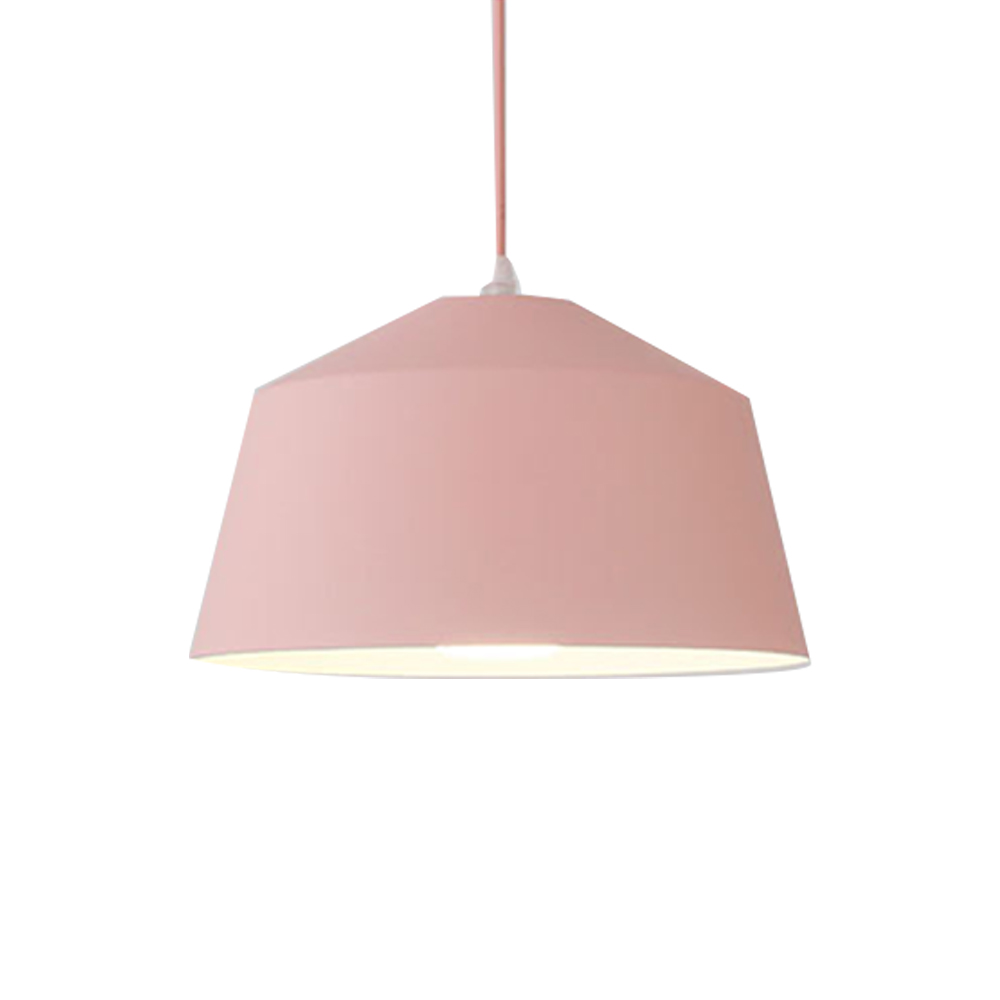
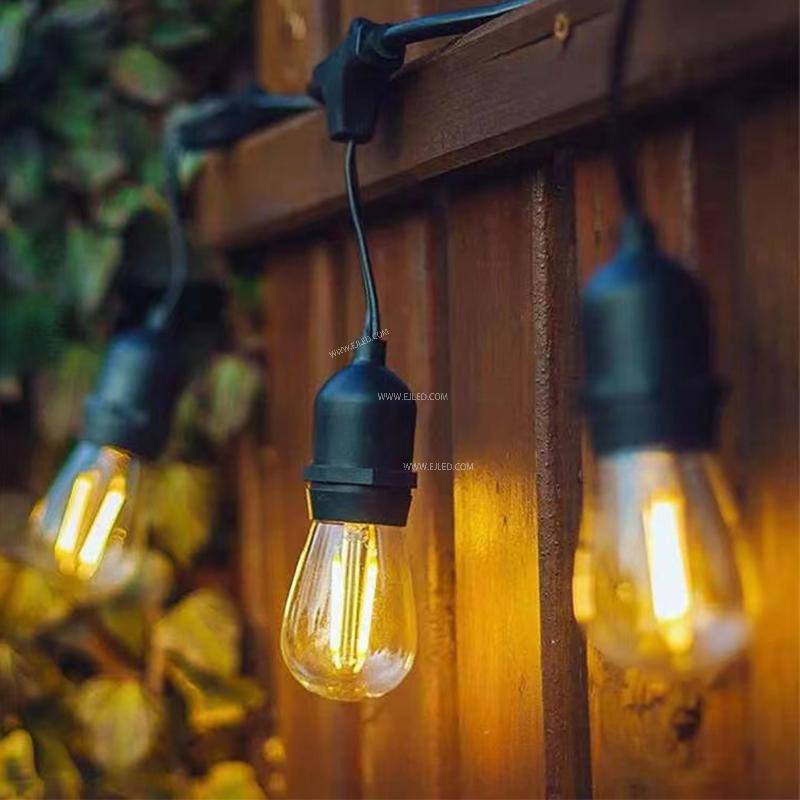

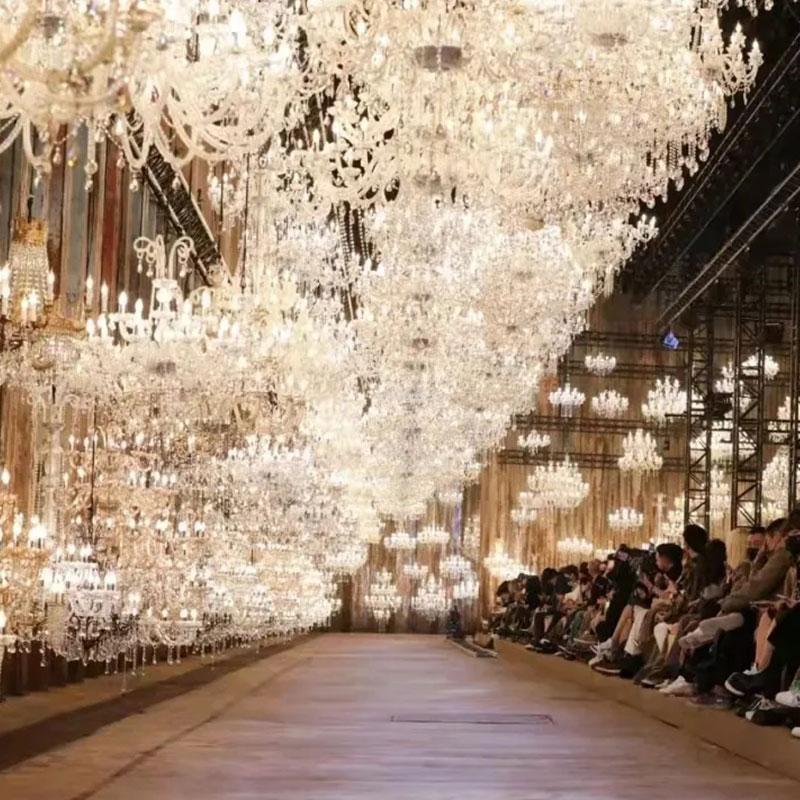
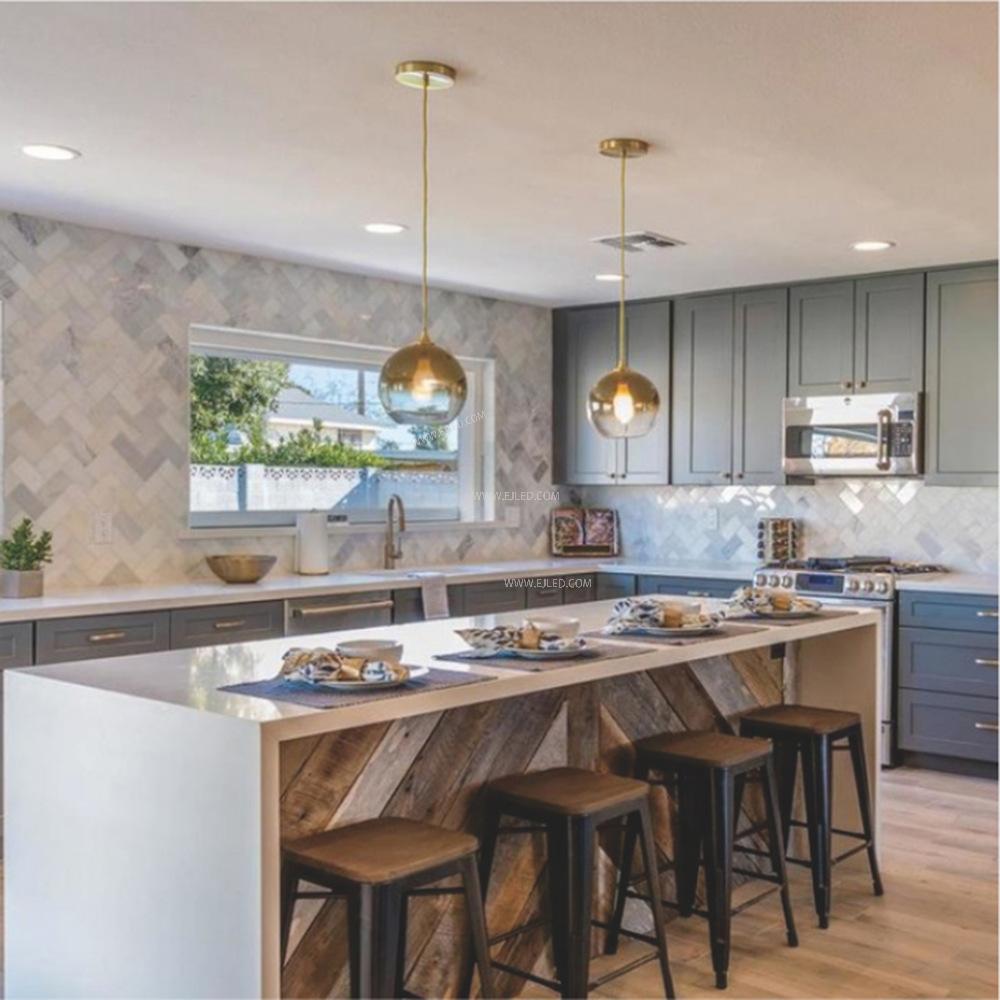

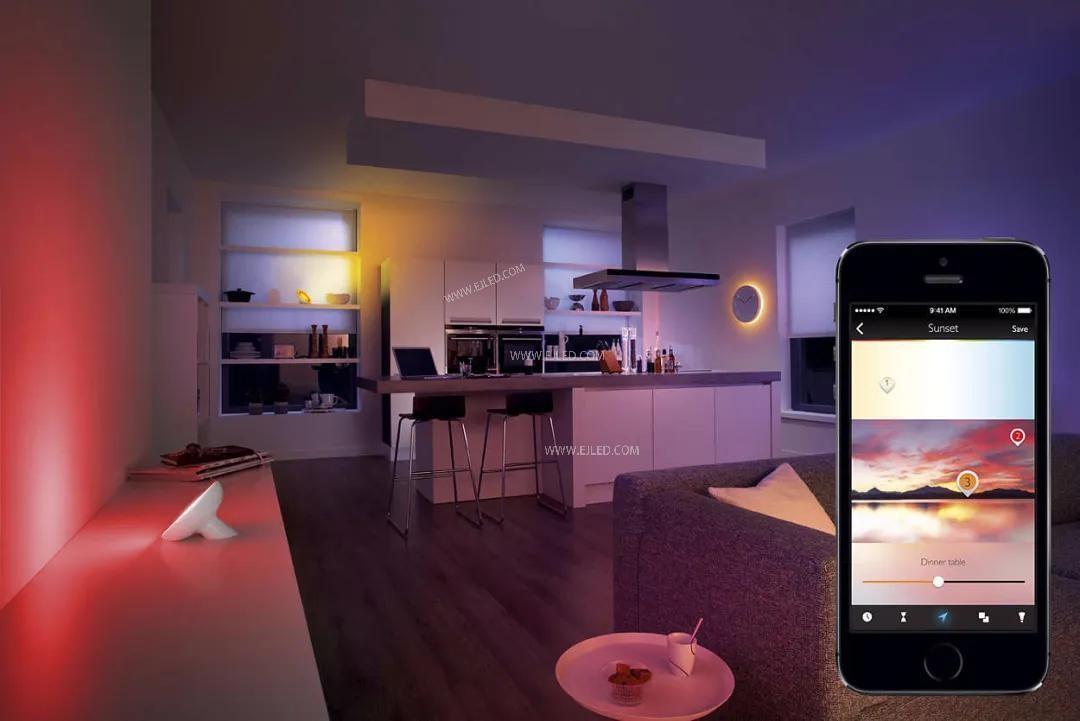

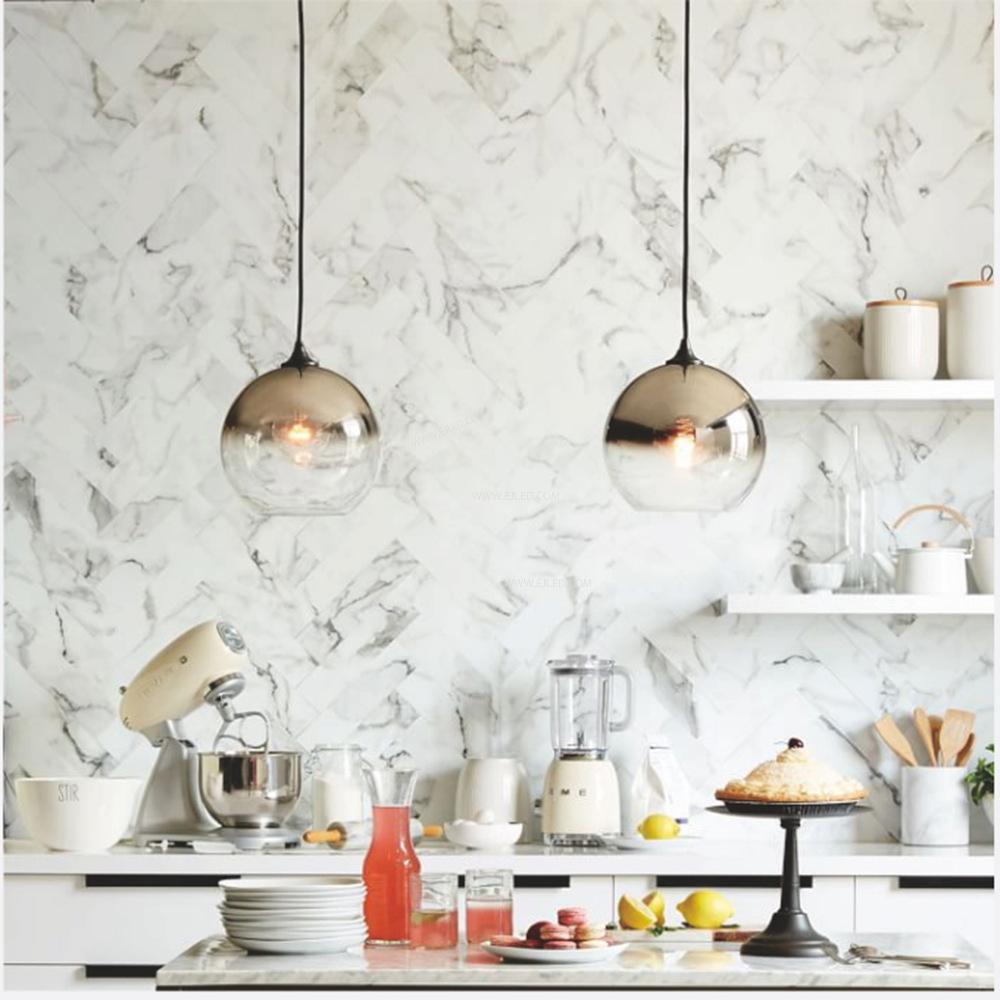
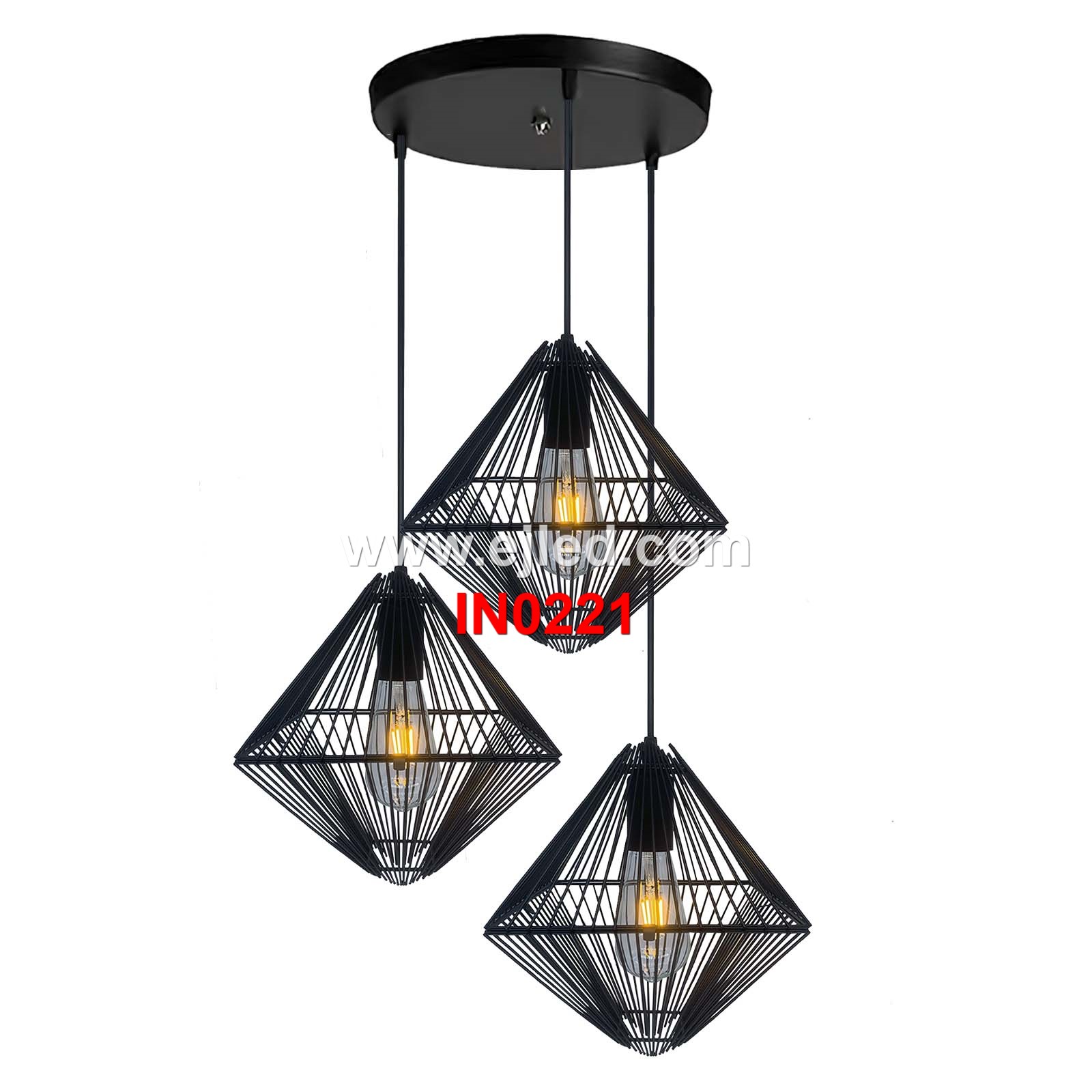
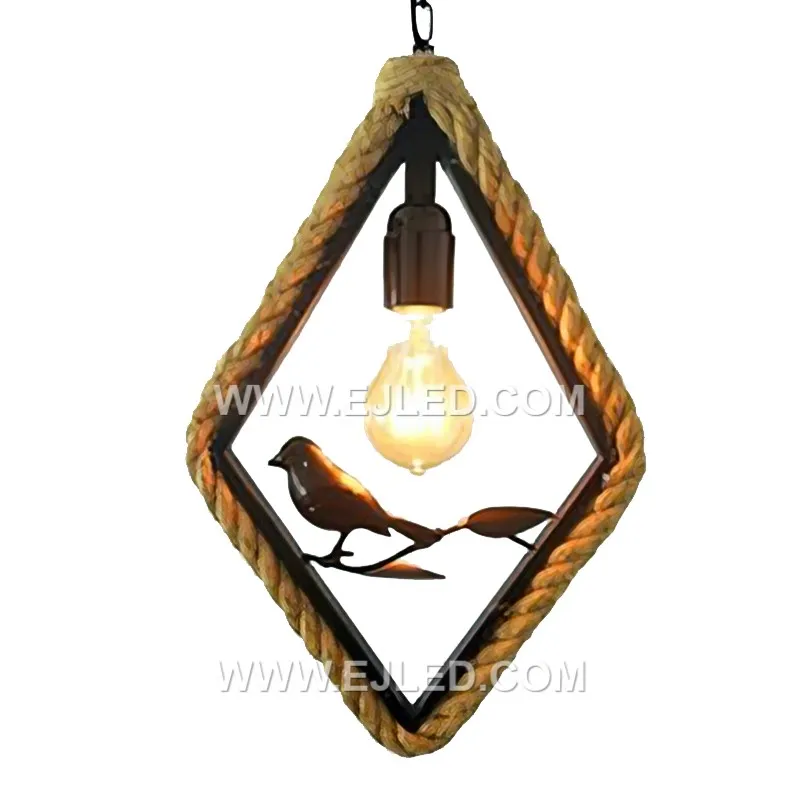
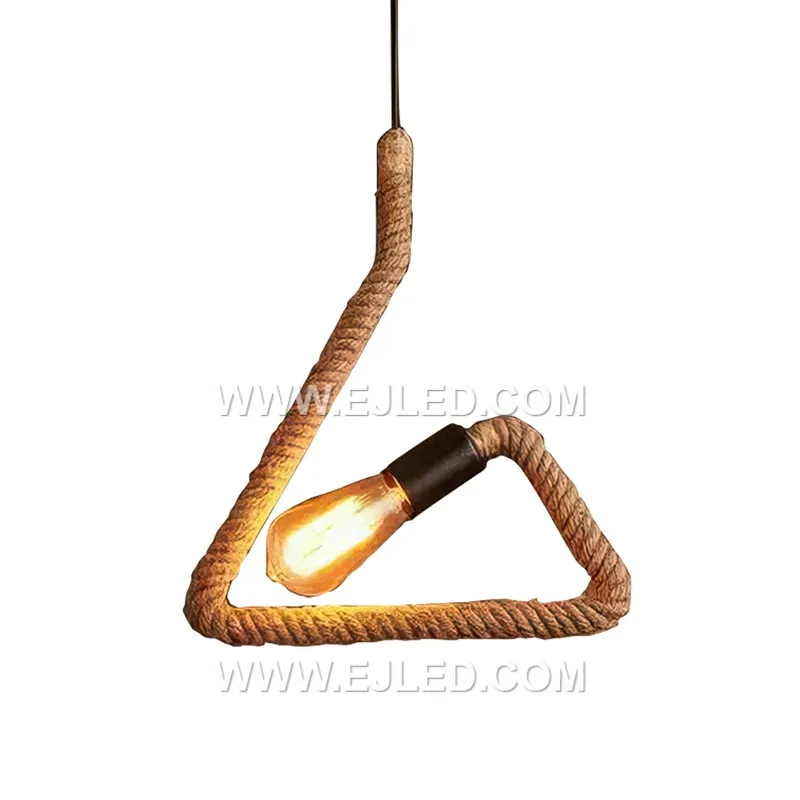
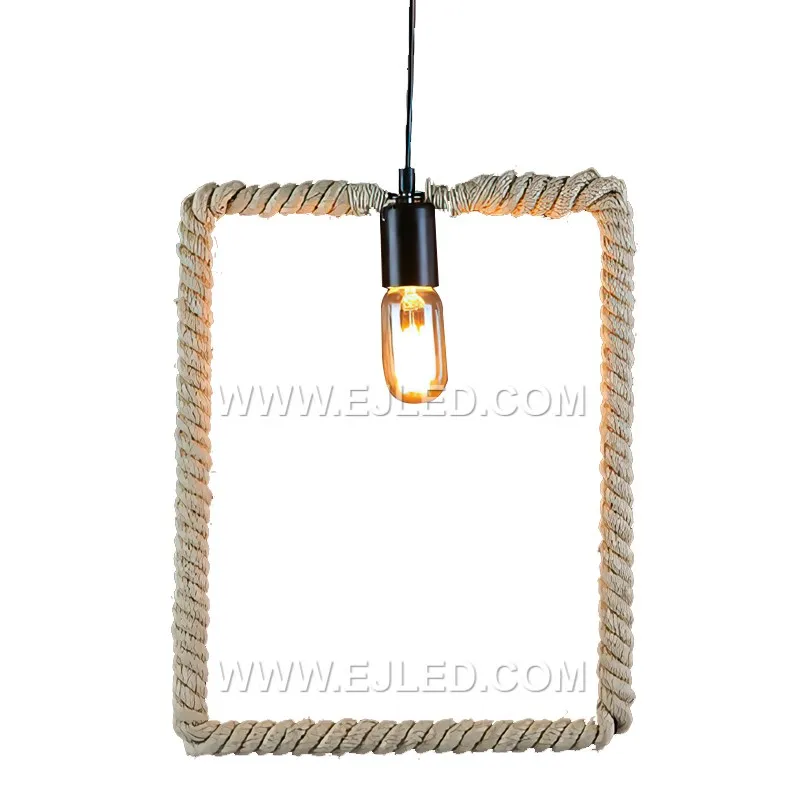
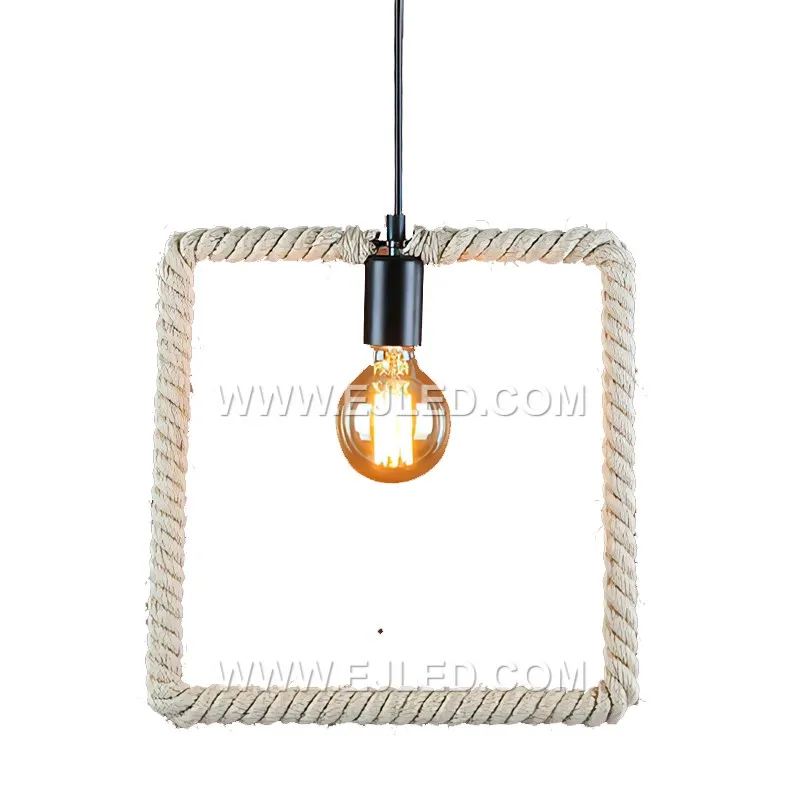
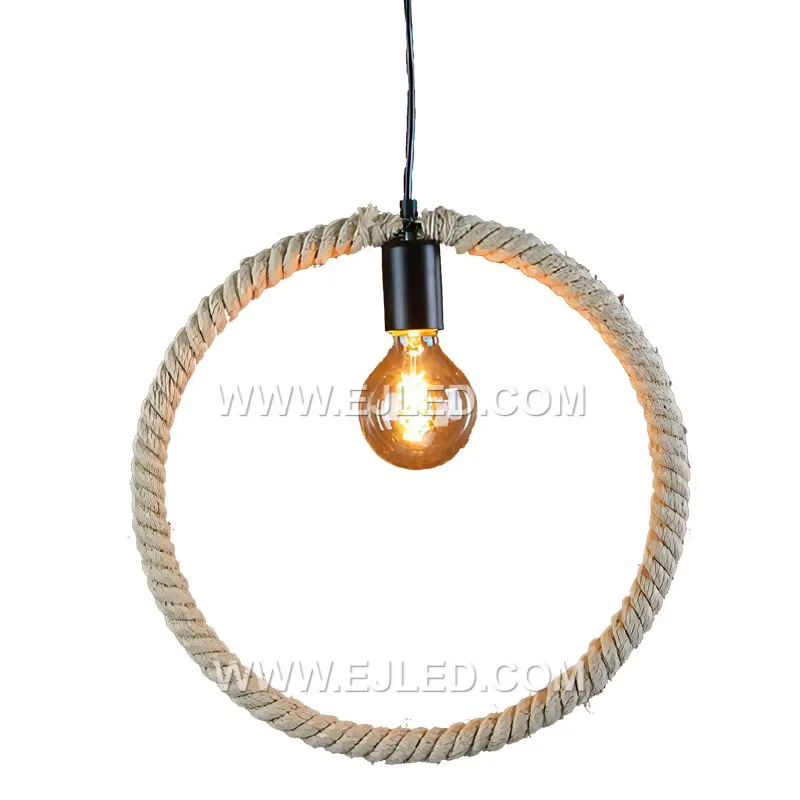
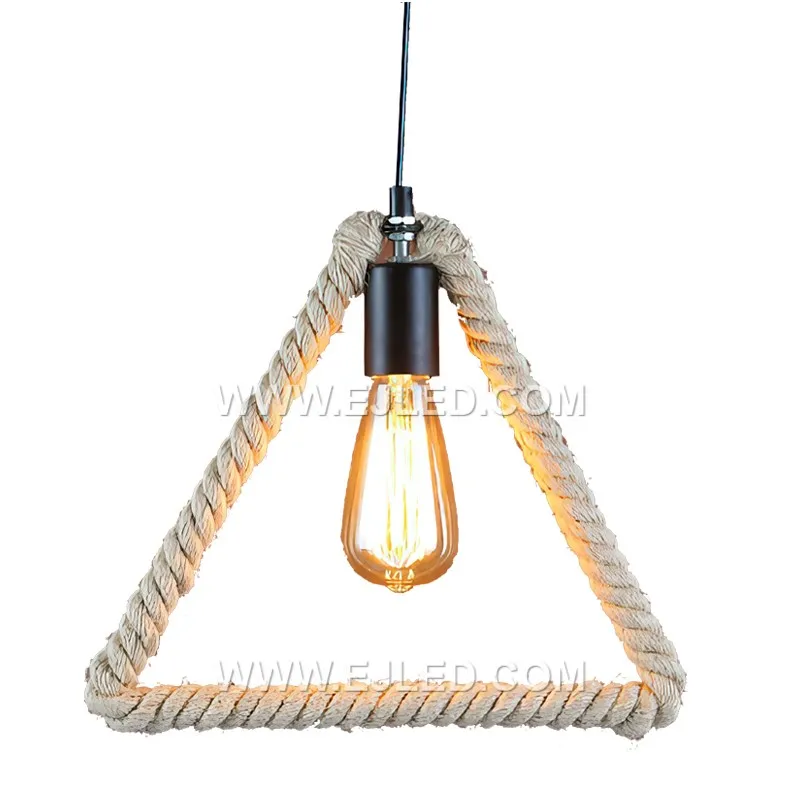
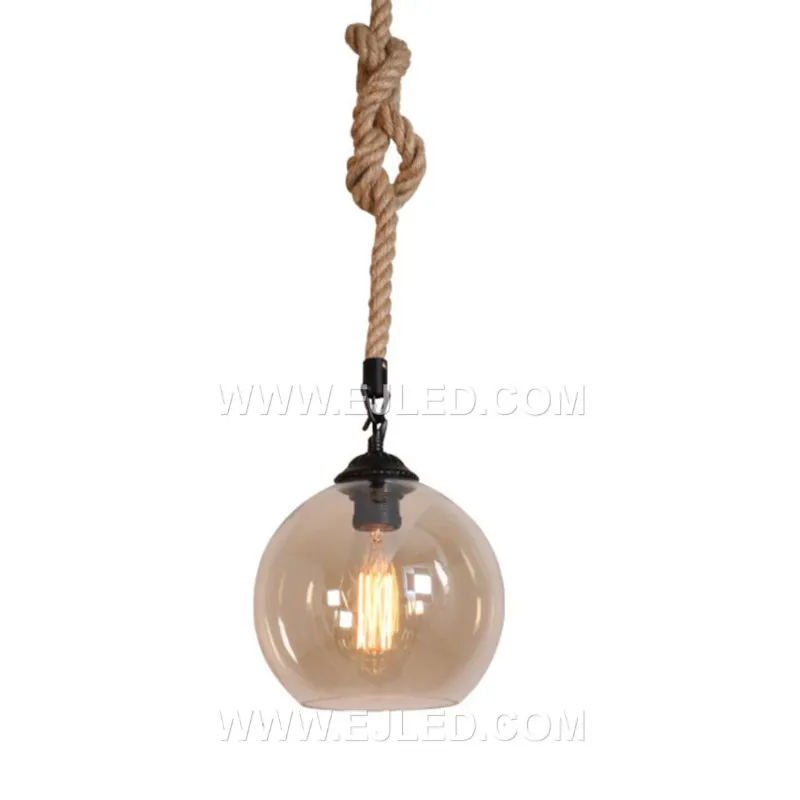
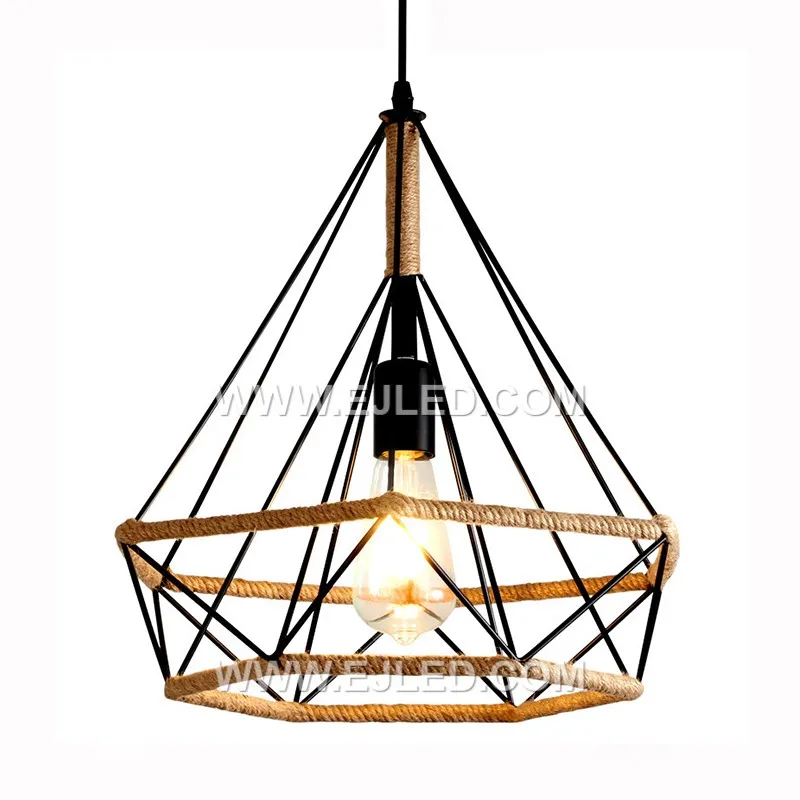
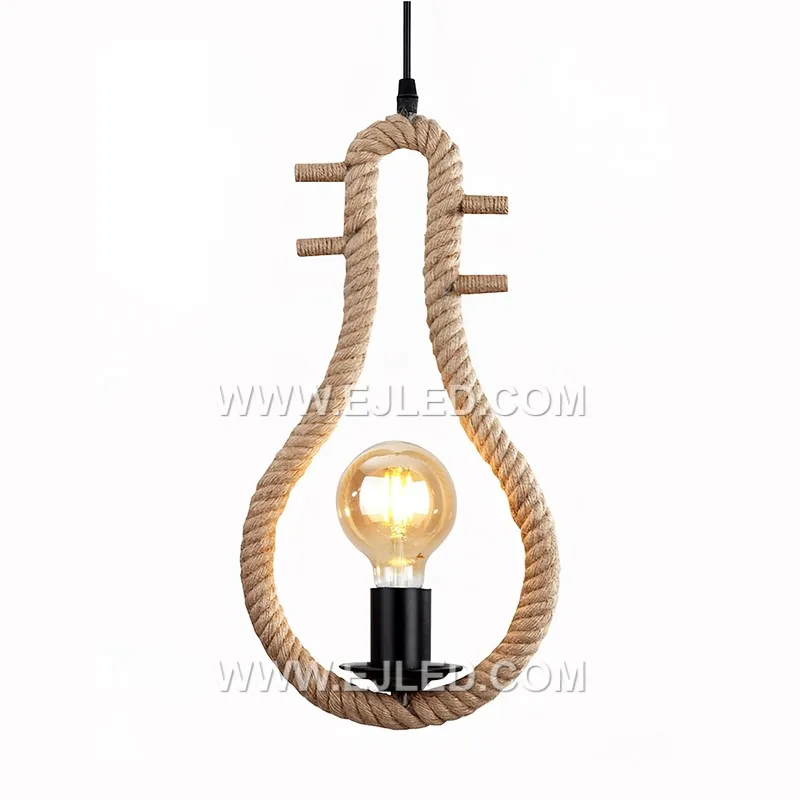
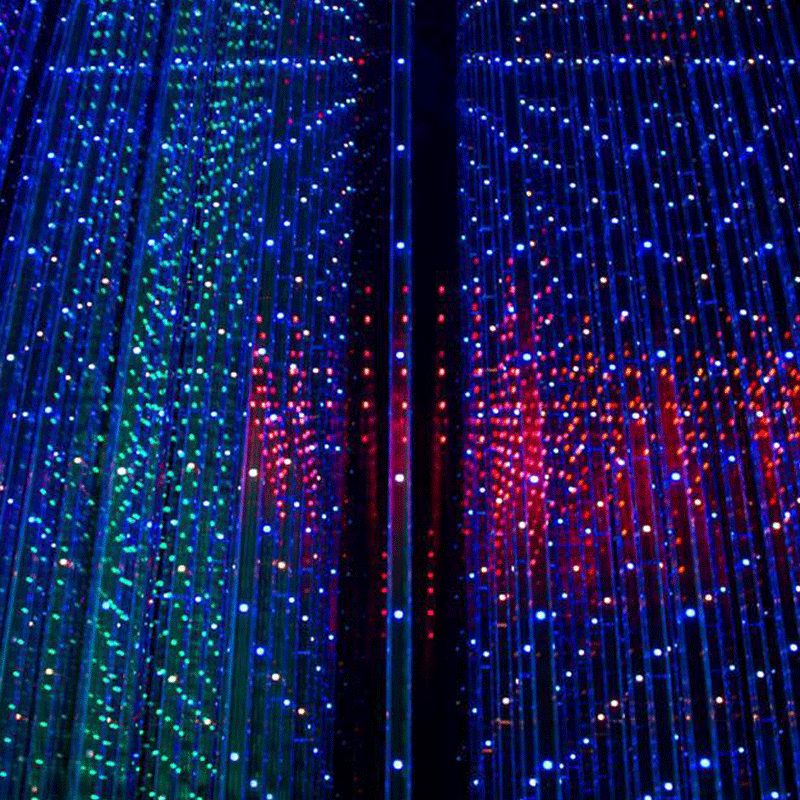
Leave a comment